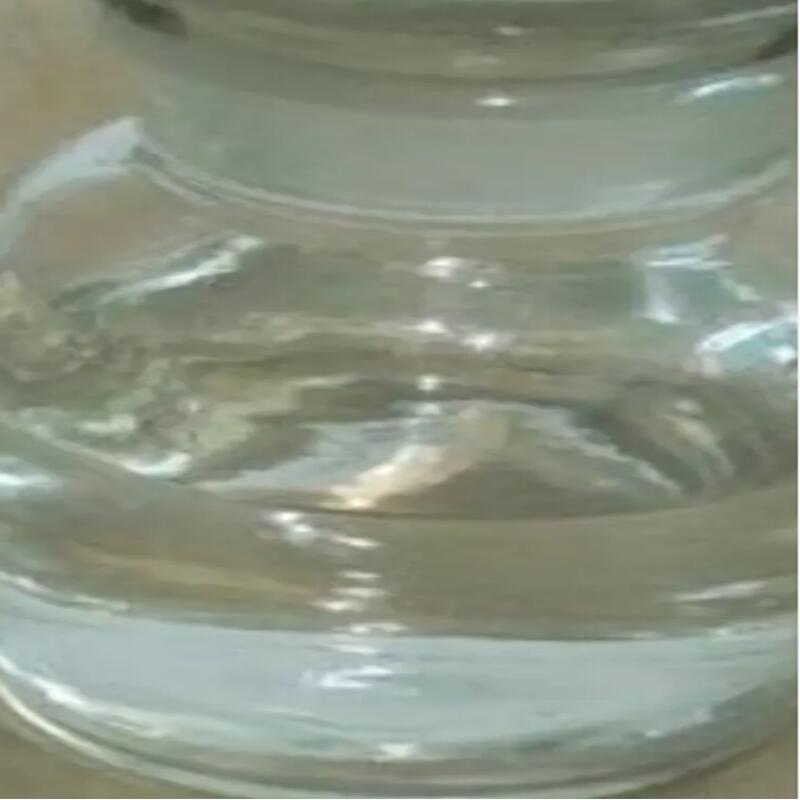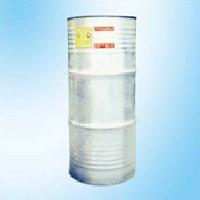-
Categories
-
Pharmaceutical Intermediates
-
Active Pharmaceutical Ingredients
-
Food Additives
- Industrial Coatings
- Agrochemicals
- Dyes and Pigments
- Surfactant
- Flavors and Fragrances
- Chemical Reagents
- Catalyst and Auxiliary
- Natural Products
- Inorganic Chemistry
-
Organic Chemistry
-
Biochemical Engineering
- Analytical Chemistry
-
Cosmetic Ingredient
- Water Treatment Chemical
-
Pharmaceutical Intermediates
Promotion
ECHEMI Mall
Wholesale
Weekly Price
Exhibition
News
-
Trade Service
Bis(2-ethylhexyl) phosphate (BEHP) is a widely used flame retardant in the chemical industry.
It is added to a variety of products to prevent or slow down the spread of fire.
However, there has been some concern about the safety of BEHP and its potential health effects.
One of the main health concerns with BEHP is its potential toxicity.
Studies have shown that BEHP can cause neurological and reproductive effects in animals.
For example, one study found that rats exposed to high levels of BEHP had decreased fertility and problems with their nervous systems.
Another study found that mice exposed to BEHP had changes in their brain chemistry and behavior.
Other health effects that have been linked to BEHP exposure include cancer, liver damage, and developmental problems.
Some studies have suggested that BEHP may be carcinogenic, although more research is needed to confirm this.
In addition, there is some evidence that BEHP may cause liver damage and other health problems in people who are exposed to high levels of the chemical.
Another safety concern with BEHP is its potential to pollute the environment.
When BEHP is used in products, it can leach out into the soil and water.
This can have harmful effects on wildlife and aquatic ecosystems.
In addition, BEHP can persist in the environment for a long time, which means that it can accumulate in the food chain and potentially affect the health of living organisms.
There are also some concerns about the safety of BEHP during manufacturing and handling.
The chemical is classified as a Category 2 carcinogen by the International Agency for Research on Cancer (IARC), which means that it is possibly carcinogenic to humans.
This means that workers who are exposed to BEHP during manufacturing and handling may be at increased risk of developing cancer.
To address these safety concerns, there are some steps that the chemical industry can take to reduce the risk of exposure to BEHP.
One approach is to use alternative flame retardants that are less toxic and potentially safer for people and the environment.
Another approach is to improve the manufacturing and handling processes for BEHP to reduce the risk of worker exposure.
Additionally, more research is needed to better understand the health and environmental effects of BEHP, which can help inform safety standards and guidelines.
In conclusion, Bis(2-ethylhexyl) phosphate is a widely used flame retardant in the chemical industry, but it has raised concerns about its safety.
The potential toxicity, cancer, liver damage, developmental problems and environmental pollution are some of the concerns.
The industry should take steps to reduce the risk of exposure to BEHP, by using alternative flame retardants, improving manufacturing and handling processes and conducting more research to better understand its effects.







